In this guide, we’ll explore various vegetables that can be put into the ground during this month, providing insights into their growing conditions, care requirements, and the joys they bring to our gardens.
Tomatoes
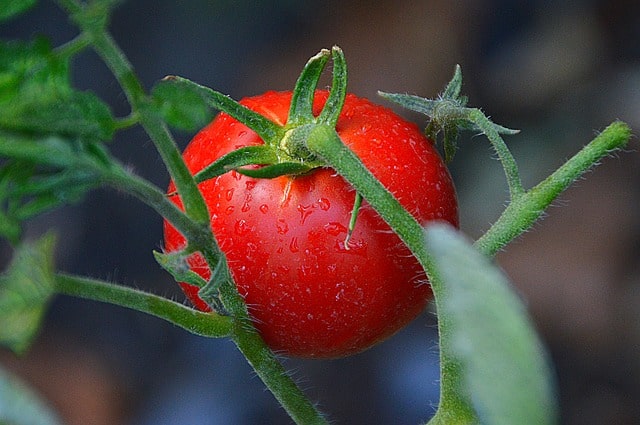
Tomatoes are often considered the quintessential summer vegetable, and June is the perfect month to plant them in Zone 6. These warm-season crops thrive in temperatures ranging from 70°F to 85°F. You can start transplants in early June if you haven’t already, or sow seeds directly if you’re planting fast-maturing varieties.
When selecting tomato varieties, consider determinate types like ‘Roma’ for sauces and paste, or indeterminate types like ‘Brandywine’ and ‘Cherokee Purple’ for fresh eating. Prepare your garden bed with rich, well-draining soil amended with compost, as tomatoes are heavy feeders. Water consistently and support your plants with cages or stakes for optimal growth. With proper care, you can expect ripe fruit from mid-summer to early fall.
Cucumbers
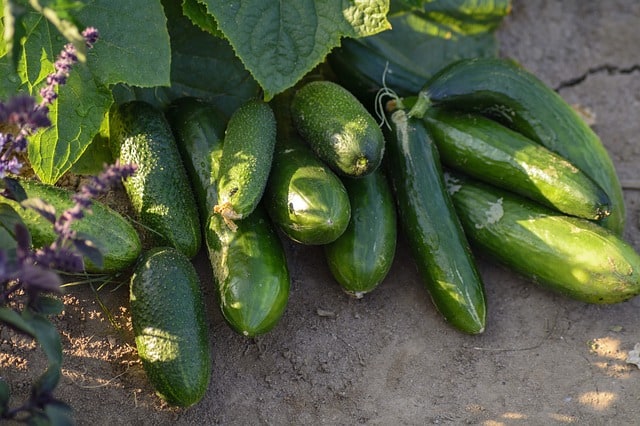
Cucumbers grow vigorously in the warm weather of June. Ideal soil temperatures for germination range from 60°F to 90°F, making early June an excellent time for planting seeds or young transplants. Select varieties based on your culinary needs; slicing cucumbers (like ‘Marketmore’) are perfect for salads, while pickling varieties (such as ‘Kirby’) can be used for canning.
Plant cucumbers in full sun with plenty of space, as they can spread quite a bit. They benefit from trellising, which not only saves space but also promotes air circulation to prevent disease. Keep the soil consistently moist, and you should begin to see fruits within 50-70 days.
Beans
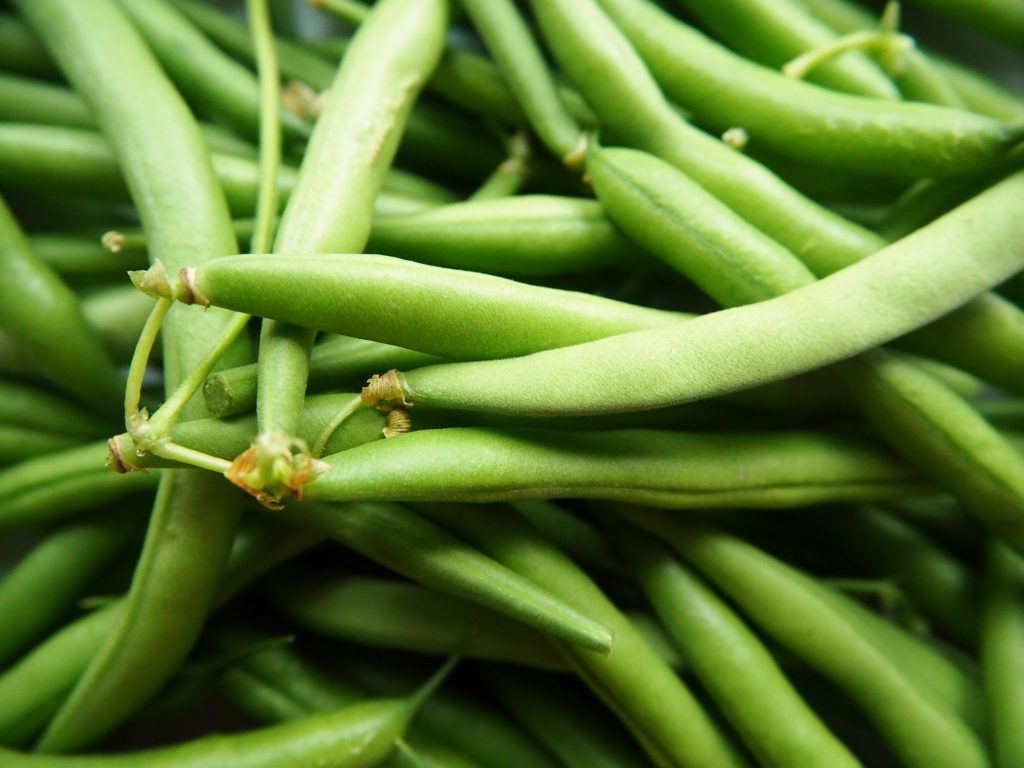
June is prime time for both bush and pole beans. These legumes are frost-sensitive and thrive in warmer temperatures, and they grow best in soil that’s consistently between 70°F and 90°F. Varieties to consider include ‘Blue Lake’ (a bush bean) and ‘Kentucky Wonder’ (a pole bean), both of which are productive and flavorful.
Beans are also great companions for corn and squash, which can help diversify your garden’s ecosystems. They enrich the soil by fixing nitrogen, making them beneficial for subsequent crops. Sow them directly into well-draining soil with plenty of sunlight, and keep them evenly watered. Depending on the variety, harvest can occur as soon as 50-70 days after planting.
Peppers

Sweet and hot peppers generally flourish in the sultry summer heat, making June a perfect time for planting. They prefer soil temperatures above 70°F and will thrive if daytime temperatures range from 70°F to 90°F. Varieties such as ‘Bell Pepper,’ ‘Jalapeño,’ and ‘Poblano’ can all be transplanted in June.
Choose a sunny location and amend the soil with compost to improve fertility. Peppers require consistent moisture, so watering regularly is essential, especially during hot spells. If planted when temperatures are optimal, you can expect to start harvesting your peppers by late summer.
Squash
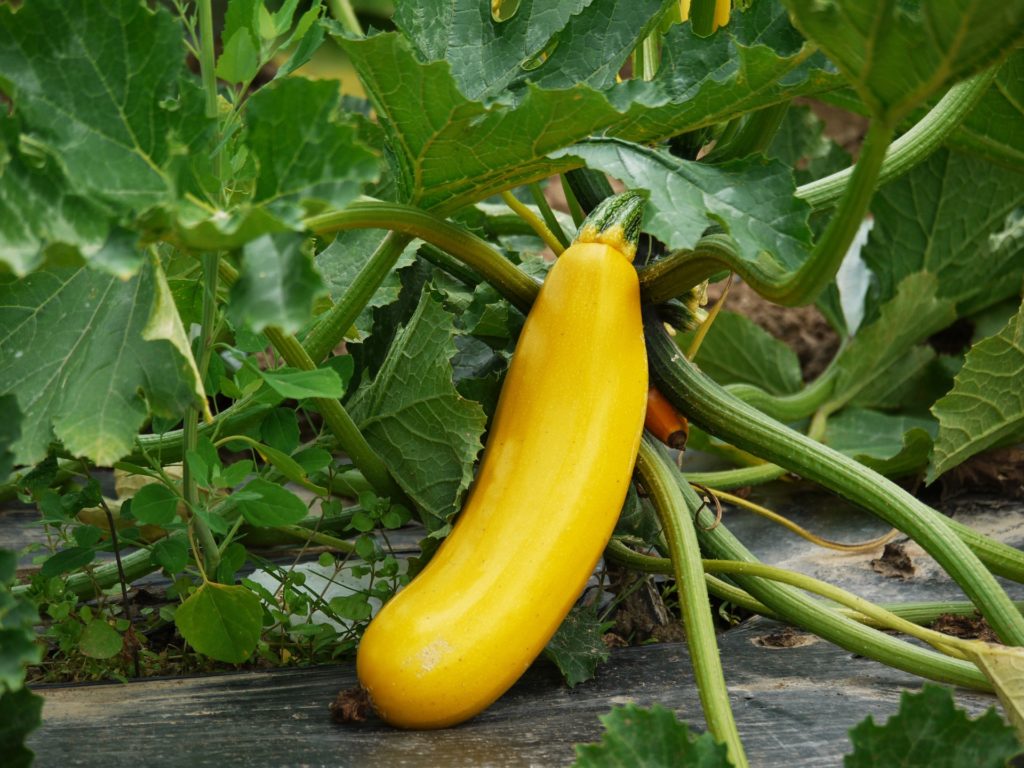
Summer squash, including zucchini and yellow squash, can be planted in June, taking advantage of the warm temperatures for fast growth. These crops prefer soil temperatures of at least 65°F but do best in the 70°F to 85°F range. Varieties like ‘Black Beauty’ zucchini and ‘Linear Yellow’ squash are both productive and versatile.
Plant summer squash in a spot with full sun and ample room, as they require space to spread out. Regular watering helps prevent blossom drop and ensures healthy fruit development. Within 50 to 70 days, your squash plants will begin producing abundant yields that can be harvested all summer long.
Carrots
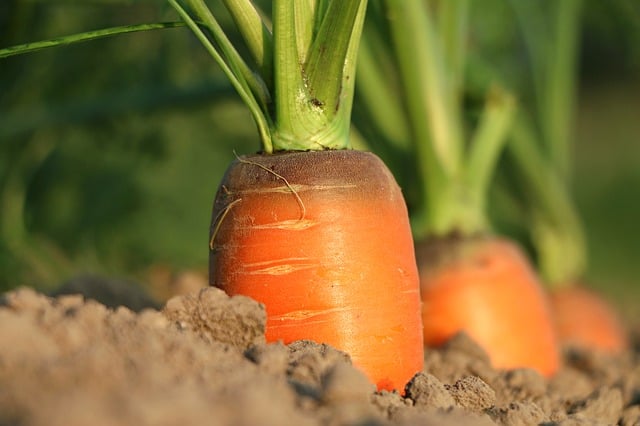
June is also suitable for sowing carrots, which can tolerate cooler temperatures but thrive in the warmth of summer. They prefer loose, well-drained soil, ideally with temperatures between 60°F and 70°F. Choose fast-maturing varieties like ‘Nantes’ or ‘Chantenay’ for a quicker harvest.
To grow carrots, sow seeds directly into the soil about ½ inch deep, ensuring they’re spaced properly to avoid crowding. Regular watering is critical for germination, and mulching can help retain moisture. You can begin harvesting your carrots roughly 70 to 80 days after sowing, enjoying the crisp, sweet roots as they mature.
Beets

Beets are another cool-weather vegetable that can be effectively planted in June in Zone 6. They thrive in soil temperatures of about 50°F to 85°F and perform well in both sunny and partially shaded environments. Varieties like ‘Detroit Dark Red’ and ‘Chioggia’ can be sown directly into the garden.
When planting beets, space the seeds about 2 inches apart, covering them with ½ inch of soil. Beets are resilient and tolerant of some heat, but consistent moisture is vital for crisp roots. You can expect beets to be ready for harvest between 55 to 70 days after planting, offering vibrant colors and earthy flavors to your meals.
Radishes
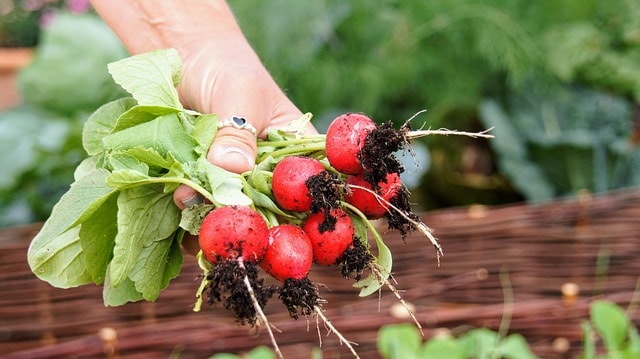
A favorite among both novice and seasoned gardeners, radishes are quick growers that thrive in June. Ideal soil temperatures range from 50°F to 75°F, and they can be directly sown into the garden. Varieties such as ‘Cherry Belle’ and ‘French Breakfast’ germinate rapidly, often yielding harvestable roots in as little as 25 days.
Radishes prefer well-draining soil enriched with organic matter. Plant seeds about ½ inch deep and 1 inch apart, and ensure they receive ample moisture. Harvest radishes once they reach the desired size, as leaving them in the ground too long can lead to a woody texture.
Kohlrabi
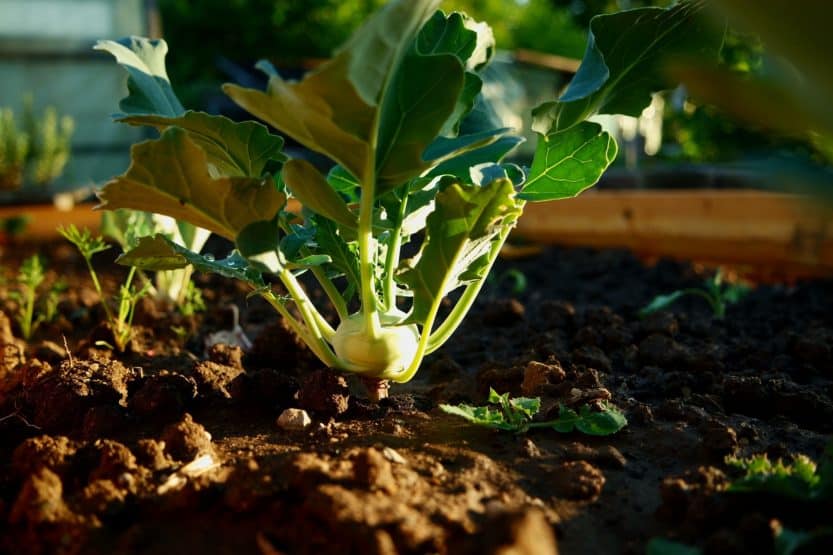
Kohlrabi, often overlooked in traditional gardens, is an intriguing vegetable that can be planted in June. They prefer temperatures between 60°F to 75°F and can be sown directly into the garden or started indoors and transplanted. Popular varieties include ‘White Vienna’ and ‘Purple Vienna.’
Kohlrabi thrives in fertile, well-draining soil with ample sunlight. Space plants about 6 inches apart to allow room for their bulbous growth. These vegetables grow quickly and can be harvested in about 60 days, providing crisp, mild-flavored bulbs that can be eaten raw or cooked.
Summer Spinach
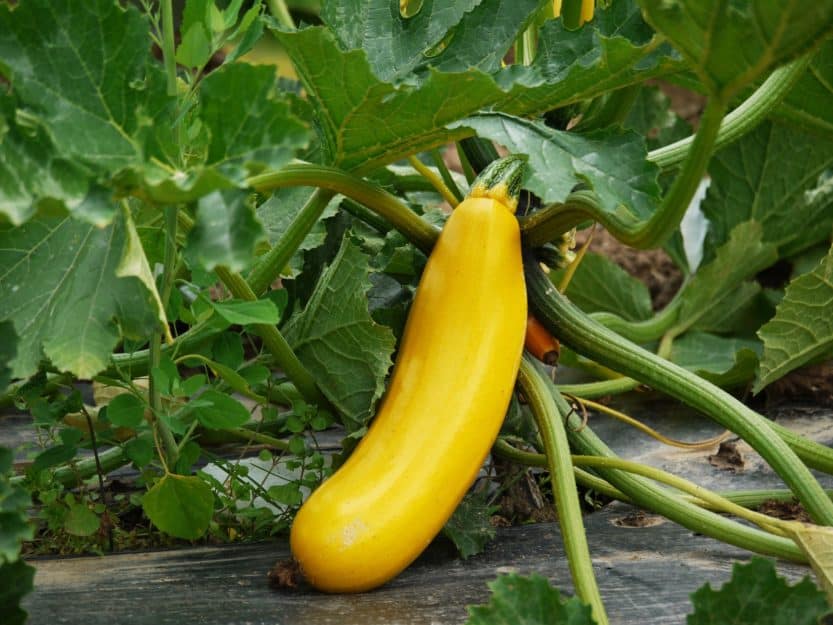
Spinach, a nutrient-dense leafy green, can also be planted in June in Zone 6. This vegetable performs best in soil temperatures ranging from 50°F to 75°F, making it suitable for early summer planting. Varieties like ‘New Zealand’ and ‘Butterhead’ are excellent choices for a summer crop.
Sow spinach seeds directly into the garden, spacing them about an inch apart and covering them lightly with soil. Ensure they get enough water, especially during dry spells. With a quick turnaround of roughly 30 to 45 days, you can enjoy fresh spinach salads or smoothies straight from the garden.
Basil
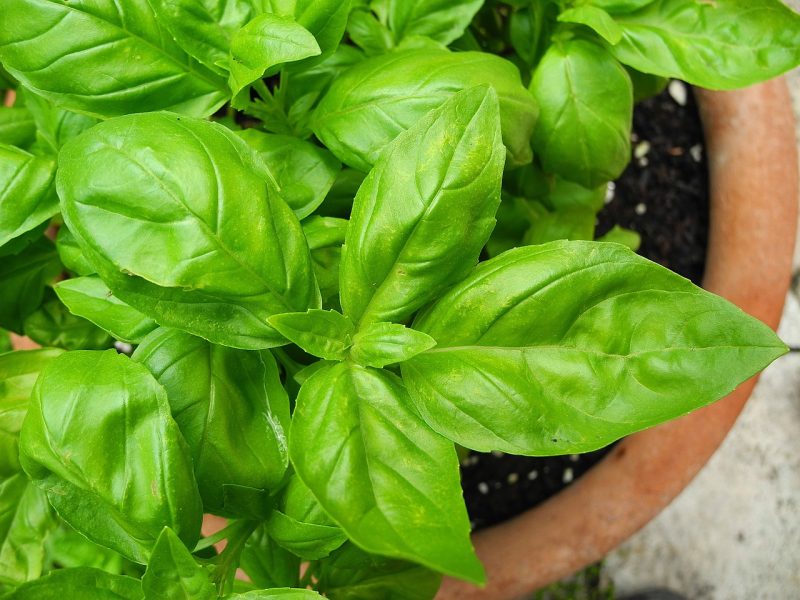
Basil, a fragrant herb that pairs perfectly with summer vegetables, can be planted in June. Preferring temperatures between 70°F and 90°F, basil thrives in the heat of summer. Varieties such as ‘Sweet Basil’ and ‘Genovese’ provide a sweet flavor that enhances many dishes.
Transplant basil seedlings into a sunny spot with well-draining soil. Regular harvesting (by pinching off leaves) encourages bushy growth and prevents flowering. With the right care, you can enjoy an abundant supply of fresh basil throughout the summer months.
Eggplant
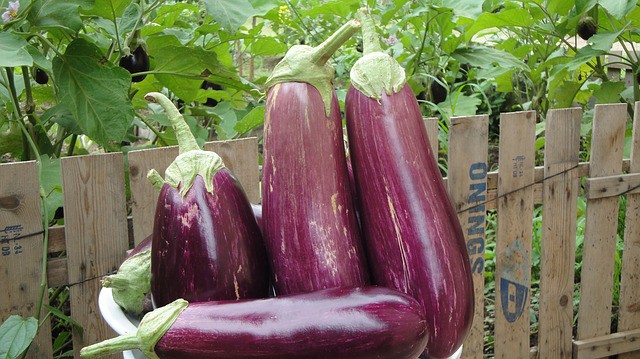
Eggplant is another heat-loving vegetable that thrives when planted in June. Ideal soil temperatures for germination begin at 70°F and can go as high as 85°F. Varieties like ‘Black Beauty’ and ‘Japanese Eggplant’ offer different sizes and flavors.
When planting eggplant, select a sunny spot and use well-draining, nutrient-rich soil. Regular watering is crucial, especially during flowering and fruit set. You can expect to harvest eggplants in about 70 to 80 days after planting, adding a delightful taste to your summer cooking.
Okra
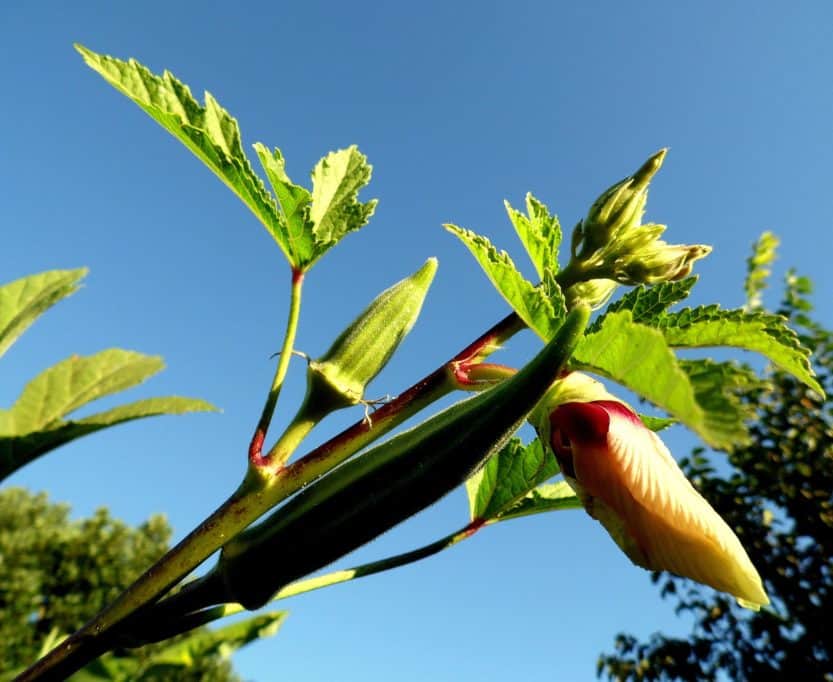
Okra is a uniquely Southern vegetable that loves heat, making it perfect for June planting. This vegetable thrives in warm weather, with soil temperatures ideally between 70°F and 90°F. Varieties such as ‘Clemson Spineless’ and ‘Burgundy’ are great options for your garden.
Plant okra seeds directly in the ground, giving them around 12 inches of space to grow. These tall plants thrive in full sun and prefer well-drained soil that retains moisture. Expect to start harvesting pods in about 60 days after sowing, making okra a delicious addition to soups, stews, and frying.
Sweet Corn
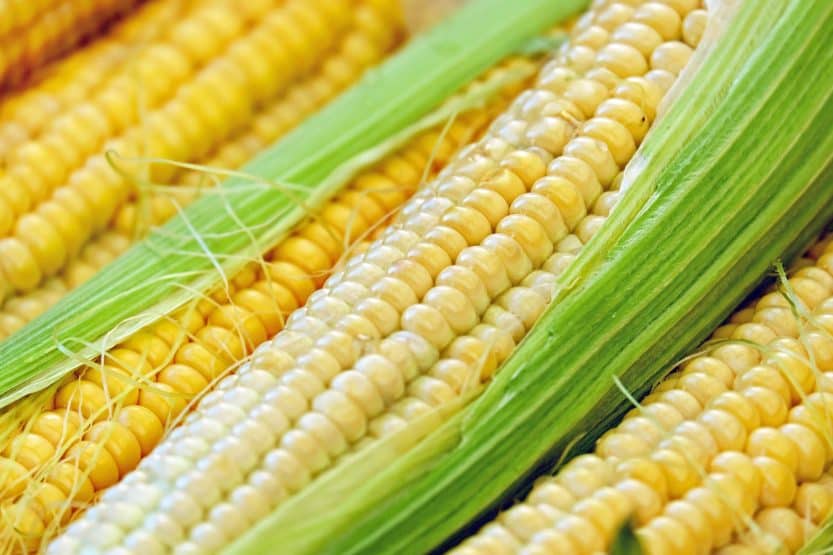
Corn is a staple summer crop that can be planted in June in Zone 6. It flourishes in warm soil temperatures of 60°F to 95°F, making this month ideal for sowing seeds directly into the ground. Choose varieties such as ‘Silver Queen’ or ‘Triple Sweet’ for delicious sweet corn.
When planting, give corn sufficient space (about 12 inches apart) for proper pollination. Corn is wind-pollinated, so planting in blocks rather than rows increases yields. Watering consistently is essential for developing ears. You can look forward to enjoying fresh corn by mid- to late summer, making it a highlight of summer meals.
Lettuces

Lettuce, although traditionally a cooler-season crop, can be successfully grown in the cooler parts of summer in Zone 6. Varieties such as ‘Butterhead,’ ‘Romaine,’ and ‘Loose Leaf’ can be directly sown in June or late spring for a summer harvest. They prefer cooler soil temperatures, ideally 60°F to 75°F.
Sow lettuce seeds directly into well-aerated soil with plenty of organic matter. Regular watering helps prevent bitterness in leaves, and harvesting can commence within 30 to 60 days, depending on the variety. The crisp, fresh leaves of homegrown lettuce elevate salads and sandwiches, providing essential nutrients and flavors.
Potatoes
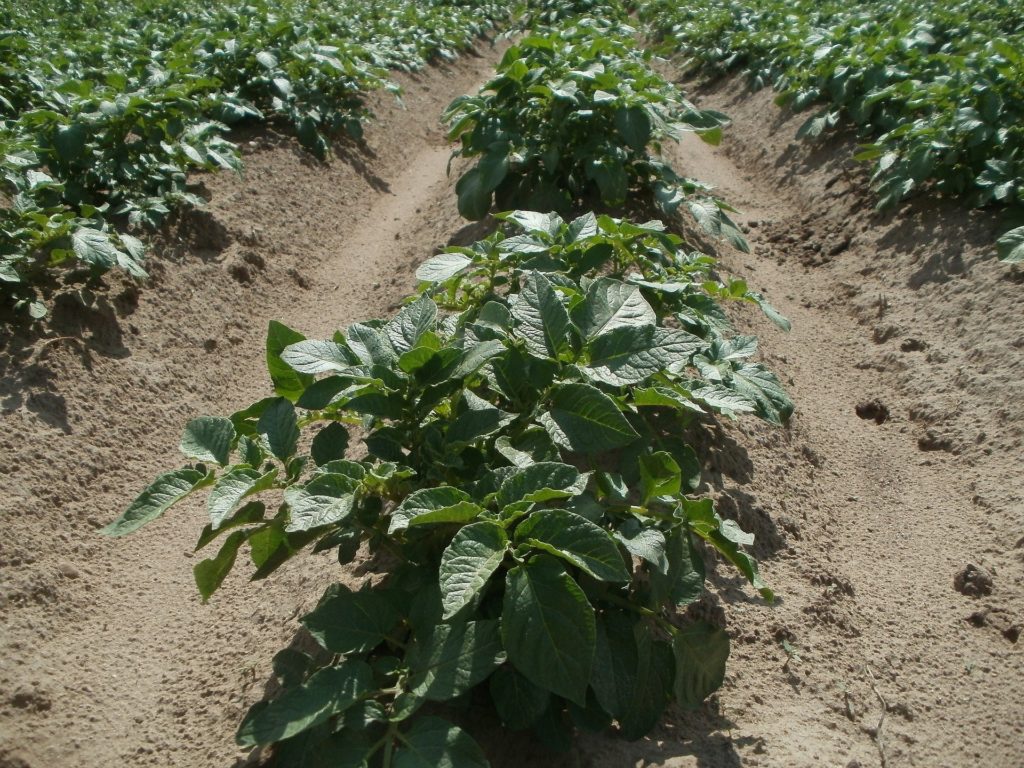
June is a bit late for traditional potato planting but is still a suitable time for continuing to grow late-season varieties. Potatoes prefer temperatures between 60°F and 70°F, and planting now can yield a tasty harvest by late summer or early autumn. Look for late-maturing types such as ‘Yukon Gold’ or ‘Russet’.
When planting, ensure that your soil is well-drained and rich in organic material. Place seed potatoes in furrows and cover them lightly with soil. Regular hilling (covering the base of plants with soil) helps maximize your potato yield, and you can expect your late-planted potatoes to be ready for harvest in approximately 90-120 days, depending on variety.





